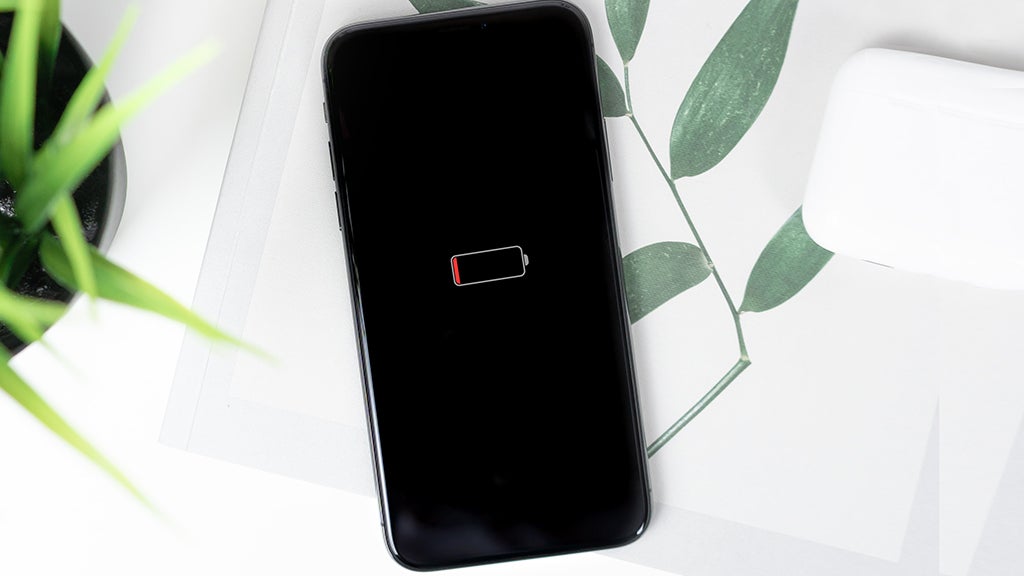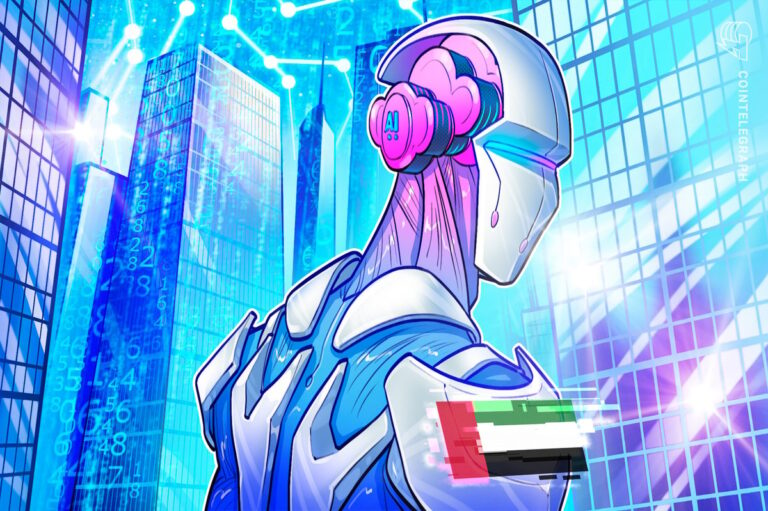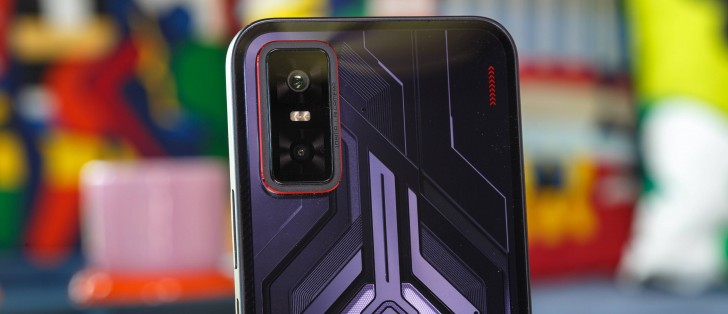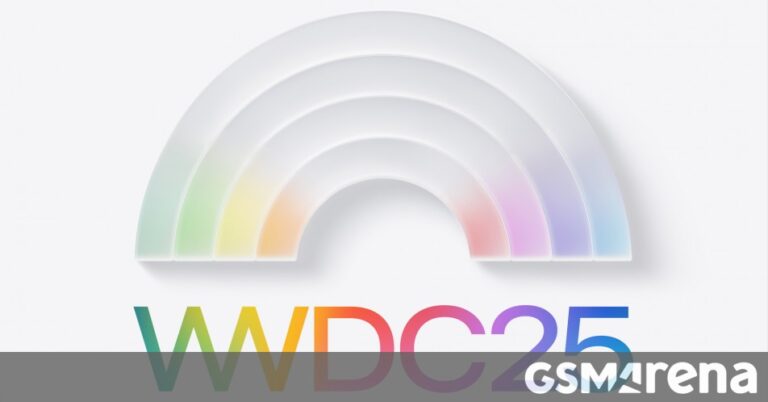Samsung, Google and Apple are losing the battery race
It’s frustrating, to say the least, and it seems that the big three aren’t doing much to fix the issue. But there may be a change on the horizon.
State of smartphone batteries in 2025
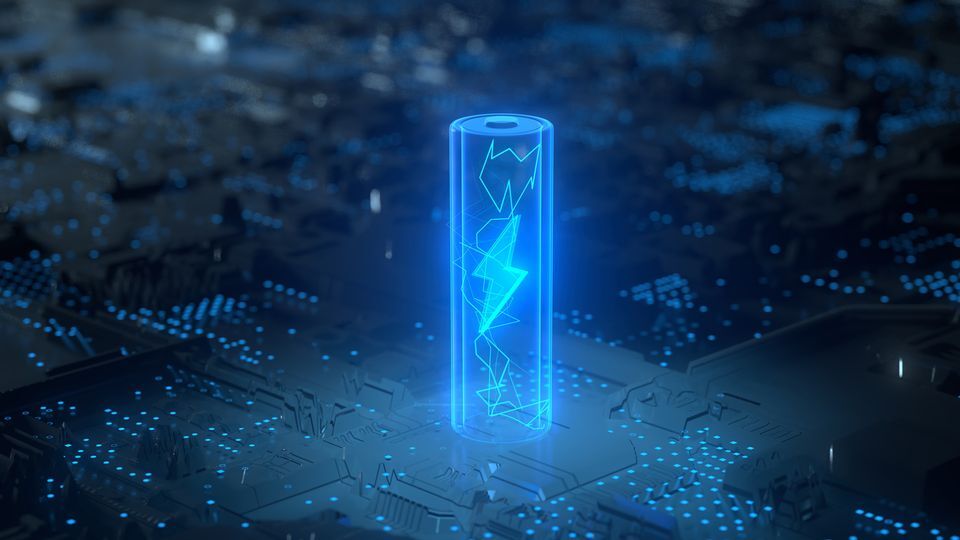
Let’s quickly check out the state of flagship batteries and the battery life most popular phones are offering in 2025. Starting with the Galaxy S25 Ultra, we have the exact 5,000 mAh capacity we’re talking about, and this phone ranks #23 in our battery benchmark with a composite score of exactly 8 hours. Not bad? Maybe.Then we have the archenemy – the iPhone 16 Pro Max with its 4685 mAh cell on board, managing to outperform the S25 Ultra with an overall score of 8:30 hours. This result grants the iPhone 14th place on our list (for now).
Finally, the third model that’s extremely popular in the US – the Pixel 9 Pro XL – comes with a 5,060 mAh battery and scores 7:18 hours overall in the same battery test. This result ranks it #51, which is not great.
To put this into perspective, let’s take a look at some other smartphones featuring 6,000 mAh batteries or more and how they fared in our test.
The latest two flagship models from Vivo – the Vivo X200 Ultra and X200 Pro – both feature 6,000 mAh batteries, and they can be found at the top of our listing, securing places #3 and #6, respectively. And if we remove the midrange Sony Xperia 10 IV from the equation, along with the now 2-year-old Asus Zenfone 10 (which is on the verge of falling out of our “tested in the past 2 years” criterion), these positions become #1 and #4.
At the top we also find the RedMagic 10S Pro with its 7,050 mAh battery and the Nubia Z70 Ultra with a 6,150 mAh cell on board.
Competition from China
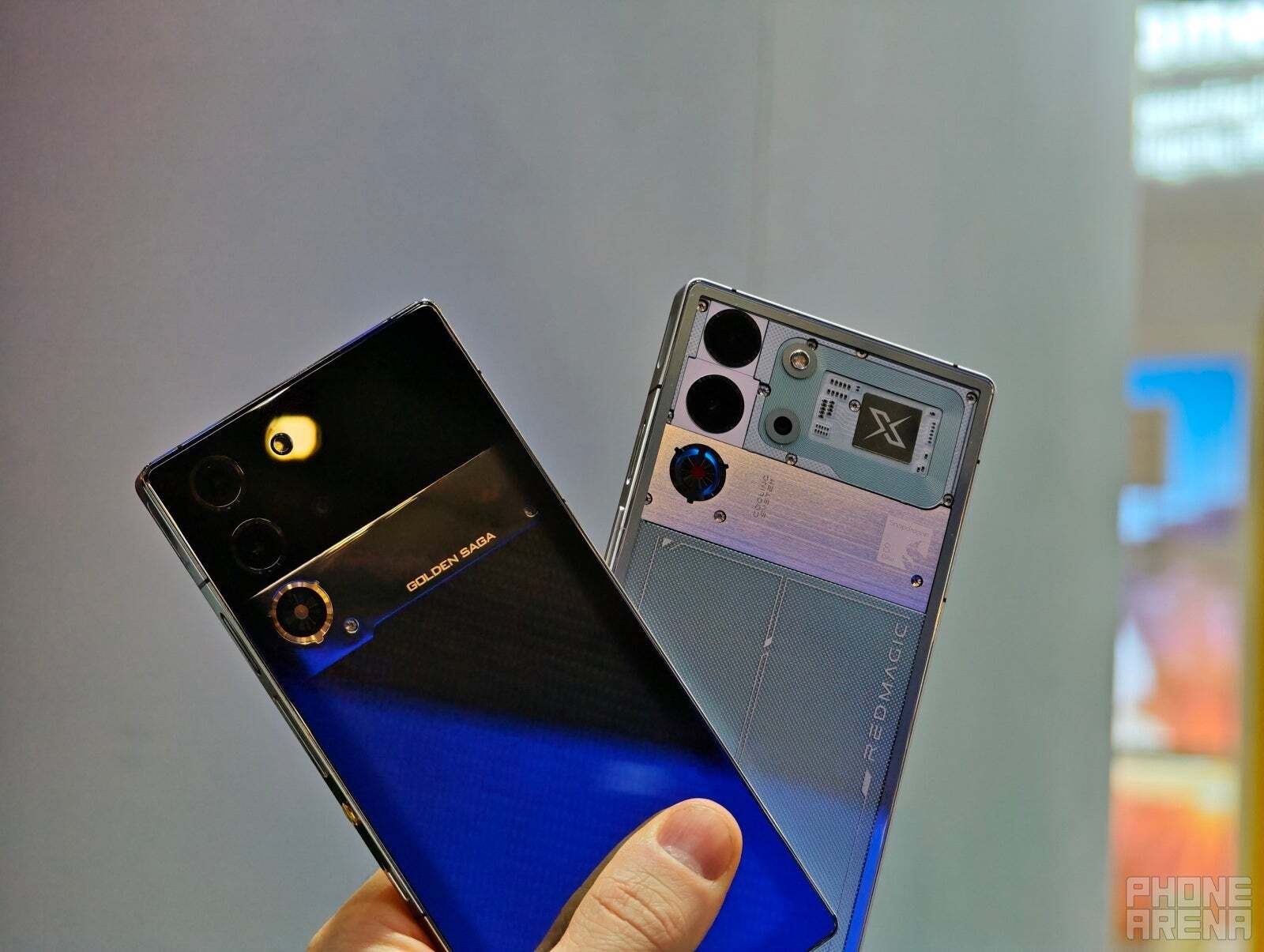
There’s a 7,050 mAh battery inside the RedMagic 10 series | Image by PhoneArena
The main reason behind the situation above is called silicon-carbon batteries. We have a dedicated article explaining the silicon-carbon technology, but long story short, it’s a process of imbuing silicon into the graphene anode of a battery, expanding the overall capacity.
The thing is, at the moment this technology is exclusive to China and Chinese phones, such as the Honor, OnePlus, Nubia, Vivo, Oppo, and RedMagic devices.
There are about a dozen silicon-carbon anode manufacturers in China, and this surge in battery tech comes from the fact that China also has the biggest growth in electric vehicles in the past couple of years. And they use batteries, of course.
So, your next phone might have a 6,000 mAh battery or more, especially if it comes from China. Companies such as Samsung and Apple are still playing catch-up, although there are rumors that both are looking into ways of employing this silicon-carbon tech in their next flagship models.
Why is 5,000 mAh not enough anymore?
We all know that more is better (or more is more, as Winnie the Pooh used to say), but why do 5,000 mAh seem to not cut it anymore? Have our phones become different, more power-hungry? And in what ways?
Bigger and brighter screens
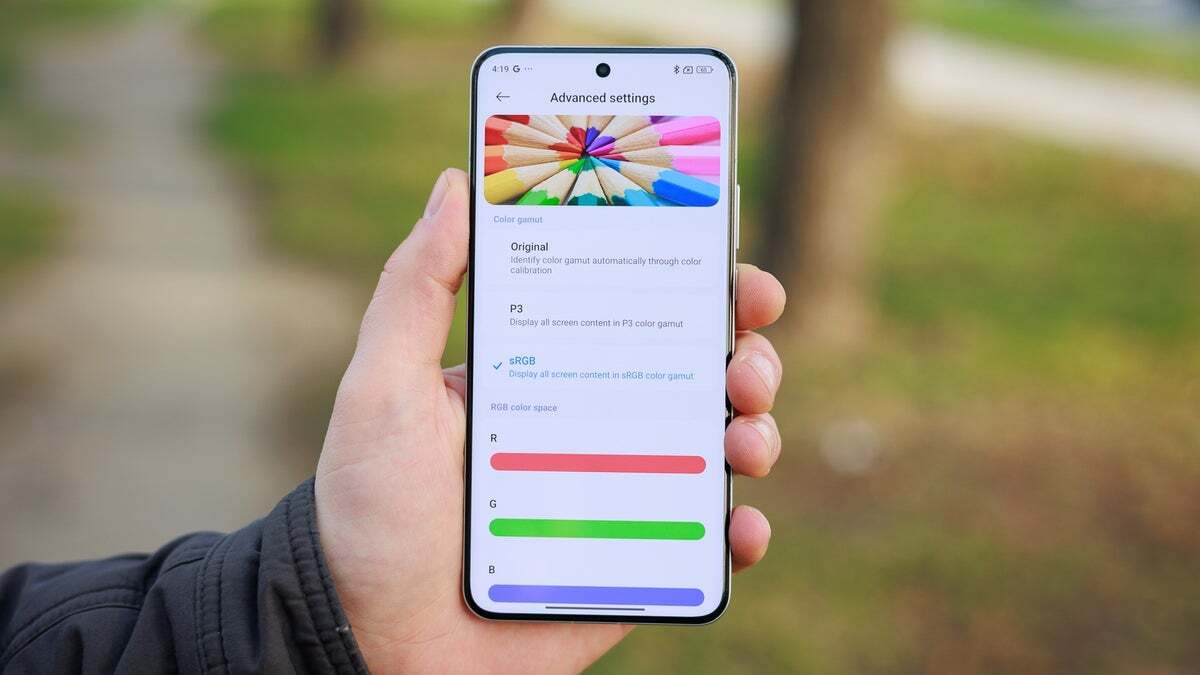
This is how 3,000 nits look like under the summer sun | Image by PhoneArena
Nowadays, smartphones are 90% screen, and these screens are getting bigger and brighter every year. We’re pushing the 7-inch threshold on the biggest flagship phones, and even the base models have grown in size.
The size is not the only culprit for the increased energy consumption; in fact, the higher and higher brightness figures that are tossed around with every new generation contribute the most to the battery drainage.
It’s nice to have 5,000 nits of peak brightness on a screen, but sustaining it over a long period of time will drain your smartphone battery real fast. Couple this with the higher display refresh rates, which are the new big thing in smartphones, and you’ll have the picture.
Power-hungry chipsets
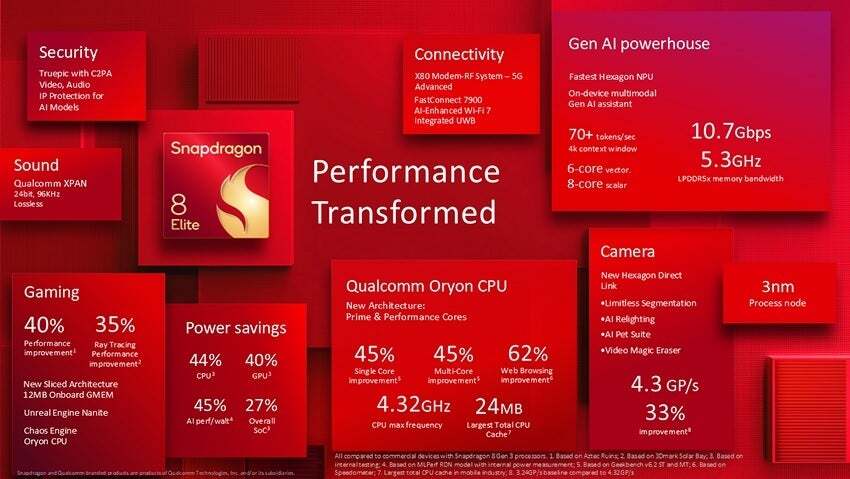
Every smartphone generation, during the launch presentations, we get the slides with the increased hardware performance. Whether it’s 20% or more, this has its toll on the power consumption.
Granted, silicon gets more efficient as well, but the power gap between generations is still there. Just take a look at the TDP (thermal design power) figures for the Snapdragon processors of late, and you will see the difference.
This TDP number basically shows how much heat an electronic component produces, and it’s closely tied with its efficiency and energy consumption. The Snapdragon 8 Elite, for example, has a TDP of 8.2 W, while the first generation, the Snapdragon 8 Gen 1, has a TDP of 5.3 W.
It’s a substantial difference, especially if you like to play heavy games or use apps that require serious computational power.
Intensive apps and pretty UI

Liquid Glass – pretty, but also power-hungry
In the wake of the iOS 26 announcement, we just can’t fail to mention the user interface as a factor in power consumption. All the animations, transitions, the transparency effects and moving design elements require computational power from your smartphone’s GPU (graphics processing unit). This power drainage may not be as intense as the one occurring during gaming, but don’t forget that you use your phone’s UI all the time, so the energy use piles up.
And speaking of computational power, guess what requires a lot of it? AI.
AI features
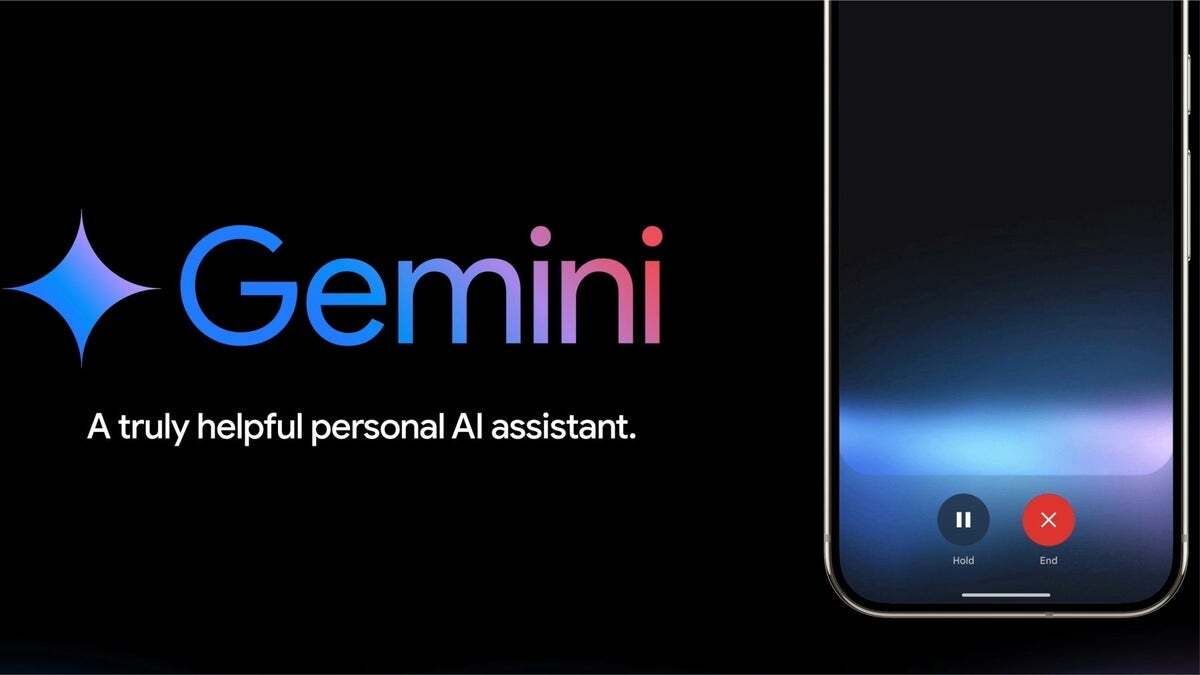
We know that many of the heavy AI tasks are done on the server side, but companies strive to move as many AI features as they can on-device. It’s both for security purposes and also to be able to boast that your phone is the one doing the AI magic.
All this requires specialized silicon, neural network hardware chips that are an additional power consumer.
Again, this might not be immediately visible on your battery percentage indicator when using Live Translate, for example, but all those things add up.
Conclusion

The silicon-carbon technology might be coming to Samsung and Apple phones
So, is there a solution? Should we go for smaller phones with midrange chipsets and low refresh rates? No, not at all! We’re at a transition in 2025, waiting for big companies to adopt the silicon-carbon battery tech.
What we should do is hold our horses and wait for this to happen if we want to stick to iPhones and Galaxies. Or if we want to hop on that train sooner, we can always opt for a flagship with a silicon-carbon battery.
Honor is deep inside the fourth generation of this tech, and brands such as OnePlus and Xiaomi are also on board. The future is bright, and despite the ever-so-hungry chipsets and displays, we might finally get the elusive two or even three days of battery life on our beloved smartphones.
